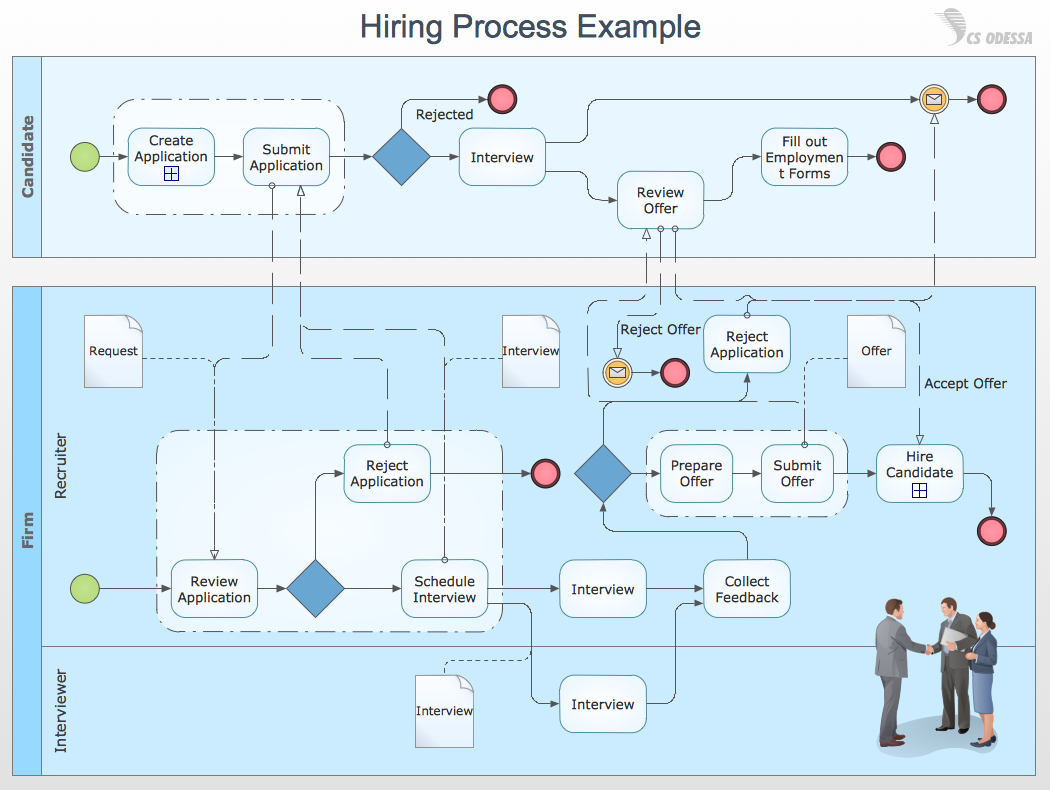

If you think of a traditional organisation as a series of vertical silos with responsibility for specific areas such as finance, research, operations and support etc., processes are groups of activities that cross these functional boundaries and connect the input (an order, for example), with the output (a completed service delivery).Ī functional organisation chart tells you who is responsible for a particular function, and a process view enables you to understand: The trend to thinking about process rather than function arose as a response to this problem. The problem with functional organisations is that they can be inflexible which can make them slow to respond to customers.

Throughout most of the 20th Century, organisations were structured around Adam Smith’s idea of breaking work down into discrete tasks performed by workers with basic skills, which was managed by organising around functions. For example, The Process Excellence Network describes process excellence as “improving the way that businesses create and deliver value to customers." This seems to be a pretty good aim for most businesses.Įxpand your business today in a flexible, attractive commercial space in London

These all describe ways of thinking about process and what you want to achieve. In business we hear terms such as process excellence, process improvement or process management. For example, sheet steel undergoes a process to become a car door, or an invoice is processed, resulting in a payment. Thinking about your business in process terms can be very helpful in improving customer service, product quality, business efficiency etc.ĭictionaries define process as a series of actions or steps taken in order to achieve a particular end, and in business it is typically described as the transformation of an input to an output. Process is a word that is used a lot in business, but that doesn’t mean we should ignore it. Steve McGrady, managing consultant with Meridian 1 Consulting guides you through the intricacies of business process re-engineering. Is your small business a consistent, smooth-running operation characterised by order, discipline and continuous growth? If not, improving your internal processes might be a worthwhile investment of your time.


 0 kommentar(er)
0 kommentar(er)
